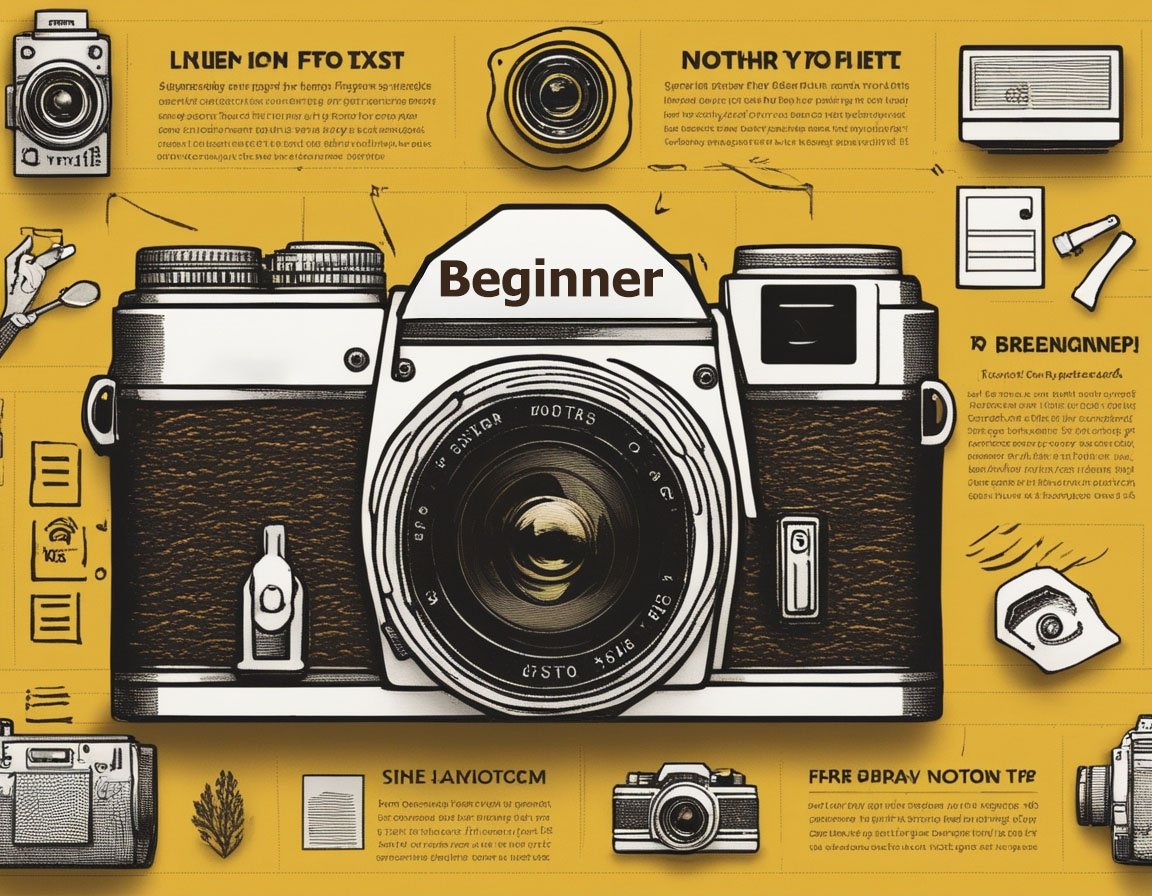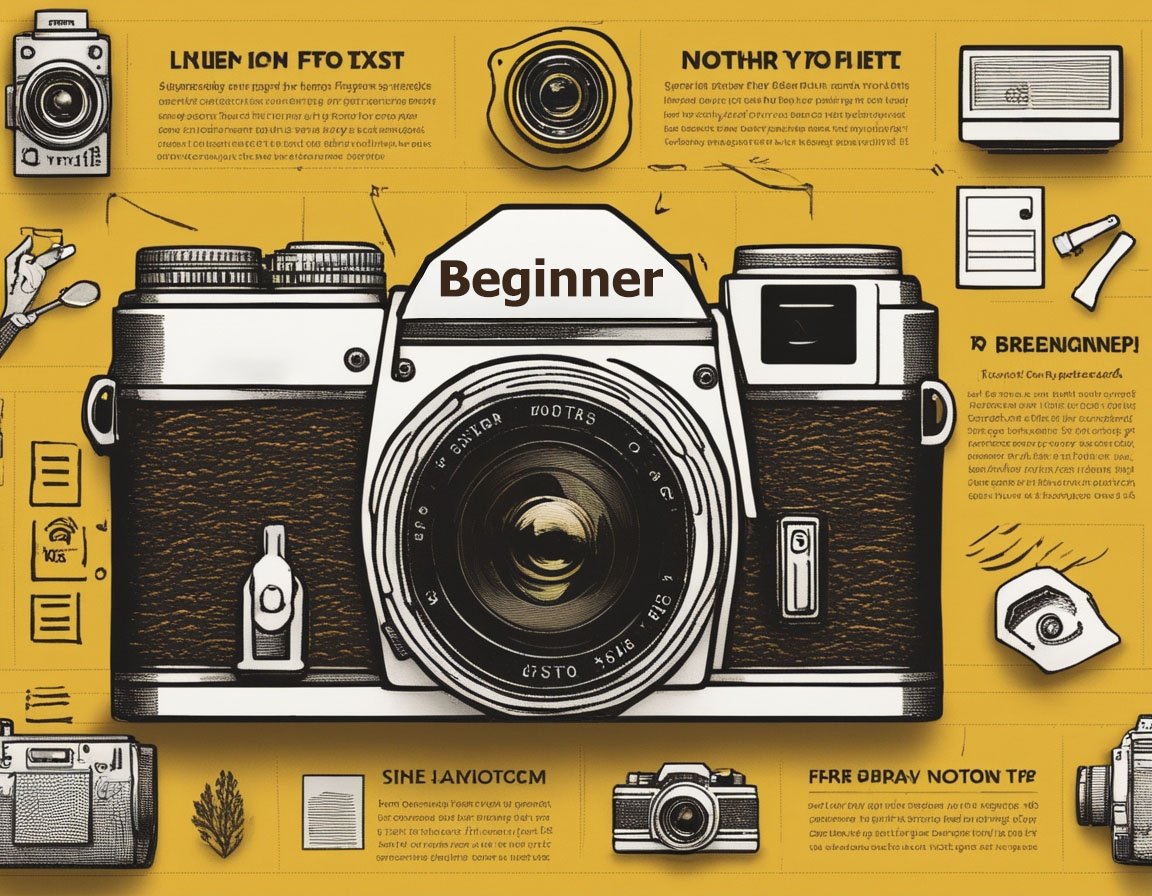Shooting at the wrong time of day can significantly impact the quality of photographs, affecting everything from lighting to color saturation, shadows, and even the mood conveyed by the image. Understanding the influence of timing on photography is crucial for amateur and professional photographers alike. Timing determines not only the technical aspects but also the aesthetic and emotional components of your photos.
One of the primary elements affected by the time of day is lighting. Natural light changes dramatically from dawn to dusk, altering the visual characteristics of a scene. During midday, sunlight is harsh and direct, casting strong shadows that often result in overexposed highlights and underexposed shadows. This can lead to a high contrast in scenes, particularly challenging for cameras to capture accurately, leaving photos looking washed out or overly bright. The direct overhead light during noon causes unflattering shadows on portrait subjects, exaggerating features like eye sockets and wrinkles, often resulting in harsh lines and less appealing images.
Conversely, shooting during the golden hour, which spans the hour after sunrise and the hour before sunset, can enhance photo quality significantly. During these times, the sun is low in the sky, producing soft, diffuse lighting that minimizes harsh shadows and creates a warm, golden hue. This enhances colors, making them appear richer and more vibrant, and results in more flattering illumination for portraits. Landscapes benefit as well, with textures and features highlighted in a way that adds depth and interest. The warm tones associated with the golden hour evoke a sense of nostalgia and warmth, often contributing to the emotional impact of photographs.
Blue hour, the period just before sunrise and after sunset, offers a different yet equally valuable light quality. During this time, the sun is below the horizon, and the indirect sunlight that remains imbues scenes with a cool, bluish tint. This lighting is soft and ethereal, lending a peaceful, calming quality to photographs. Blue hour is particularly popular for shooting cityscapes and architectural photos, as the cool tones contrast beautifully with artificial lighting from buildings and streetlights, allowing photographers to capture dramatic scenes with balanced lighting and vibrant contrasts.
Mid-afternoon, typically from around 11 a.m. to 3 p.m., is usually considered the most challenging time for photography. The sun’s position leads to strong, direct lighting conditions with little atmospheric diffusion. Photographers might struggle with blown-out highlights and deep shadows, which can hinder dynamic range and reduce the overall quality of the image. Without the right techniques or equipment, such as reflectors to bounce light or neutral-density filters to manage exposure, the resulting photographs may not meet the photographer’s desired outcomes in terms of detail and tonal range.
Overcast days provide a more forgiving alternative, irrespective of the time. The clouds diffuse sunlight, creating soft, even lighting similar to that of the golden and blue hours. This soft lighting is particularly advantageous for portrait and macro photography, as it reduces the risks of harsh shadows and highlights. The subdued contrast can convey subtlety and nuance in compositions, contributing to more natural-looking skin tones and delicate textures.
Moreover, shooting during sunrise can introduce a range of creative opportunities not available during other times. The morning light brings crispness and clarity often unmatched at other times of the day, with cooler tones prevailing before warming up as the sun climbs higher. These slight variations in tone and temperature can dramatically alter the mood and aesthetic of photographs, offering a unique palette of colors for creating compelling images.
Furthermore, the timing affects not only the technical aspects of photography but the emotional tone and story conveyed through imagery. Photographs taken at different times of day can elicit varying responses from viewers due to the interplay of light, shadow, and color. Morning light might evoke feelings of freshness and new beginnings, while the soft glow of evening light can suggest warmth, nostalgia, or the end of a journey.
In addition to light quality, timing impacts environmental conditions such as fog, mist, and atmospheric haze. Early morning is often the best time to capture these elements, as cooler temperatures and calmer air can lead to more pronounced atmospheric effects. Integrating these conditions can add layers of interest and depth to photographs, providing a mystical or serene ambiance that cannot be replicated at other times of the day.



